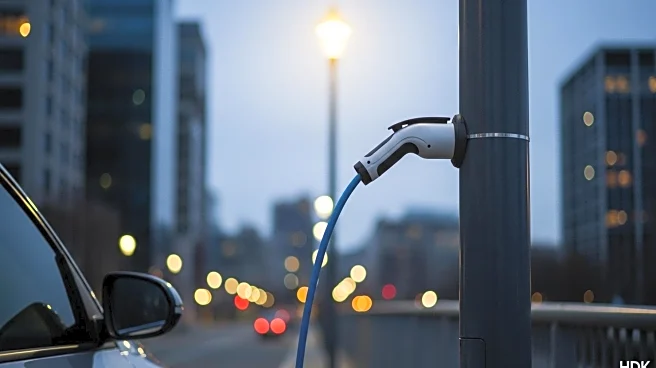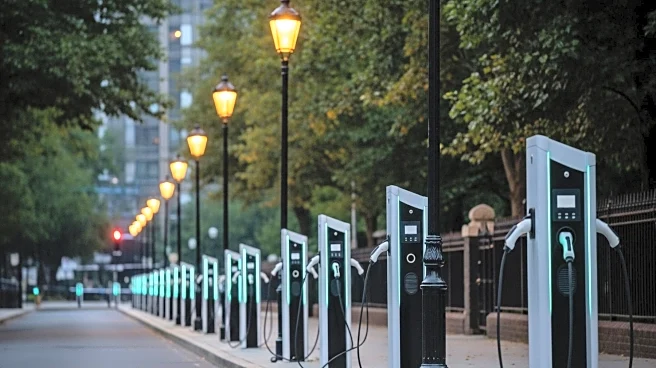What is the story about?
What's Happening?
A report on British Columbia's e-bike rebate program reveals substantial benefits in reducing transportation emissions and promoting physical activity. The program, which offers rebates ranging from $350 to $1400 based on income, has led to a 17% reduction in travel emissions and a 12% decrease in travel costs. Participants, who drove 17 kilometers less and cycled 40 kilometers more weekly, reported increased physical activity. The program also generated $8.7 million in new retailer revenue from $6.5 million in rebates. The study suggests that e-bikes, while not replacing cars, significantly reduce their usage.
Why It's Important?
The findings underscore the potential of e-bikes as a sustainable transportation alternative, offering both environmental and economic benefits. By reducing reliance on cars, e-bikes contribute to lower emissions and traffic congestion, while promoting healthier lifestyles. The program's success highlights the importance of targeted incentives in encouraging sustainable practices. This has implications for U.S. cities considering similar initiatives, as it demonstrates the effectiveness of rebates in promoting green transportation and supporting local economies.
What's Next?
The study suggests potential improvements to the rebate program, such as shifting eligibility criteria to household income and partnering with employers to target commuters. These adjustments could enhance the program's reach and effectiveness, making e-bikes more accessible to low-income households. As cities consider expanding cycling infrastructure, the focus will likely be on creating safer environments for cyclists, which could further boost e-bike adoption.
Beyond the Headlines
The program's success also raises questions about urban planning and the prioritization of cycling infrastructure over car-centric developments. As more people adopt e-bikes, there may be increased pressure on policymakers to invest in protected bike lanes and other safety measures. This shift could lead to broader cultural changes in transportation habits and urban design.
AI Generated Content
Do you find this article useful?













